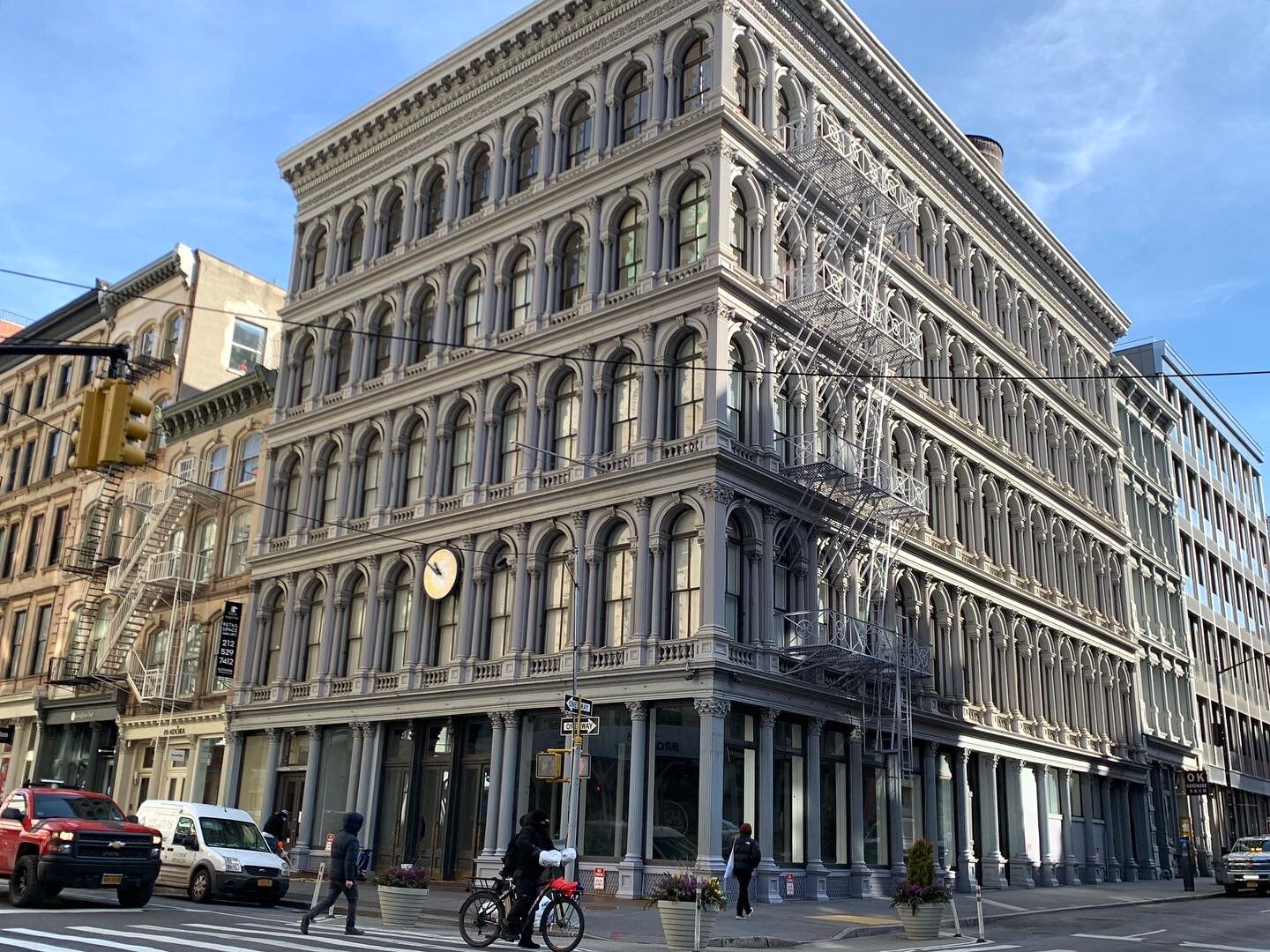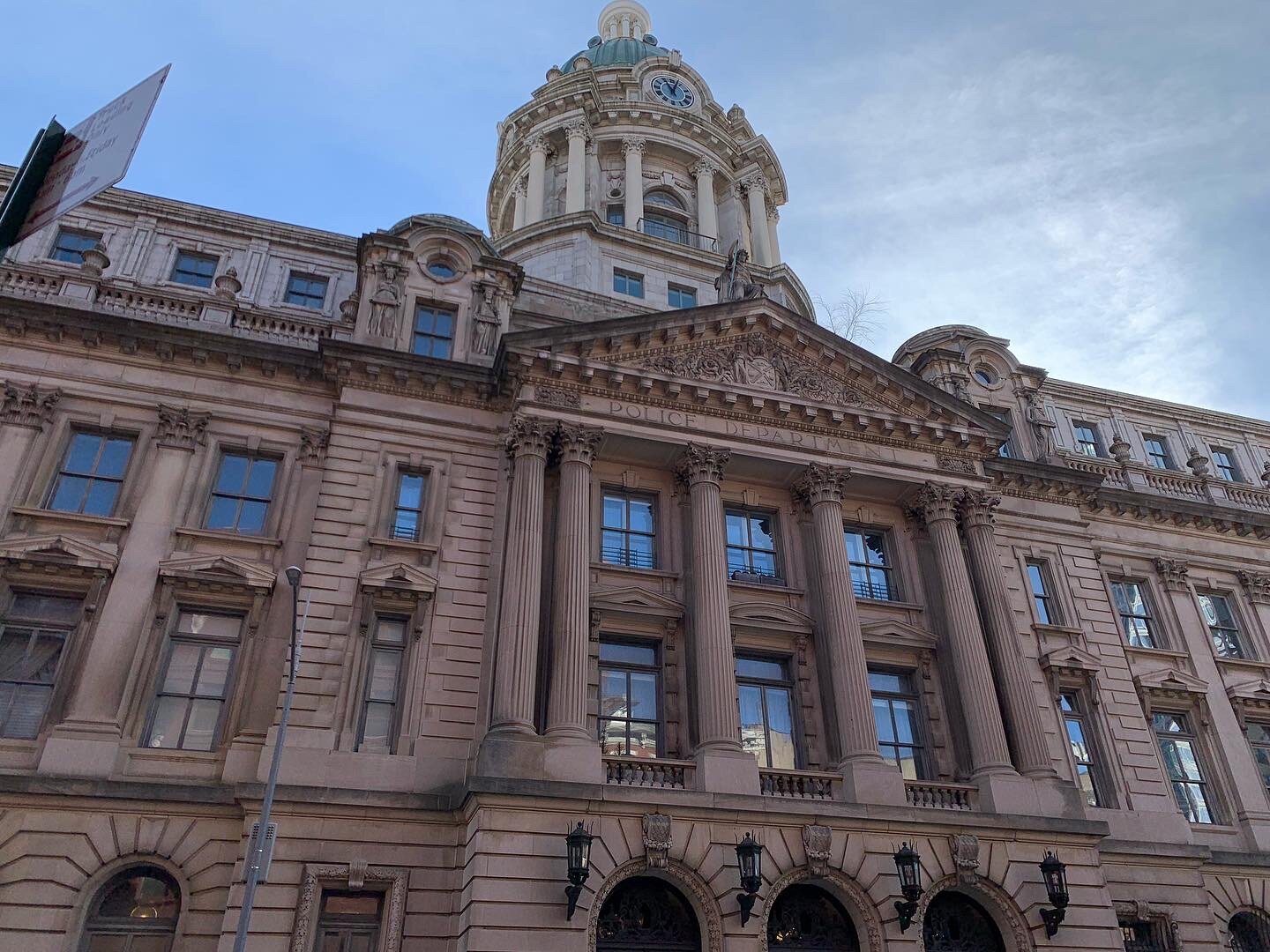Two New Architecture Tours Added!
/We’ve created two new architecture walking tours, available by private request (contact us with inquiries). These private tours ensure a personalized experience.
The first is another Art Deco tour… this one in lower Manhattan, instead of Midtown.
The tour will start on historic Wall Street, near a building that once was (very briefly!) the world's tallest. We'll then see several other landmark buildings, including a few by famed Deco architect Ralph Walker. We'll go through the World Trade Center area, and then up into historic Tribeca. We will also have an opportunity to visit a couple building interiors as well.
The second new tour will cover architecture on, and around, historic Park Avenue in Midtown.
We will start by Grand Central Terminal, and make our way up from there. We will see buildings by: Ludwig Mies van der Rohe, Walter Gropius, Philip Johnson, Skidmore Owings & Merrill, Foster + Partners, Rafael Viñoly, and more. Discover why this stretch of Midtown is seen as a showcase of some of NYC's most impactful architecture!
We will see a couple interiors, though this is predominantly a walking tour.
We look forward to seeing you on tour soon!















